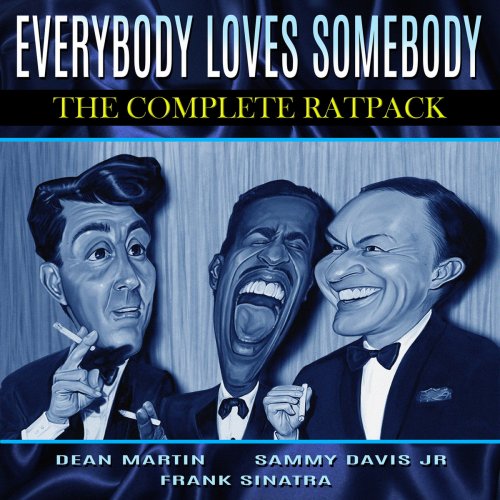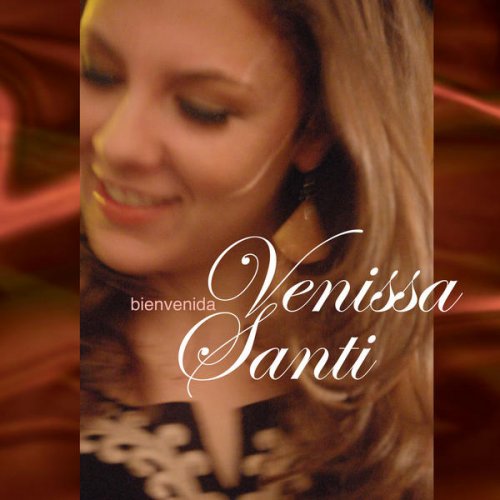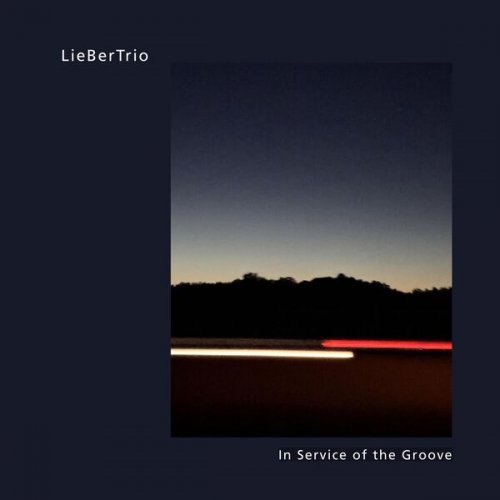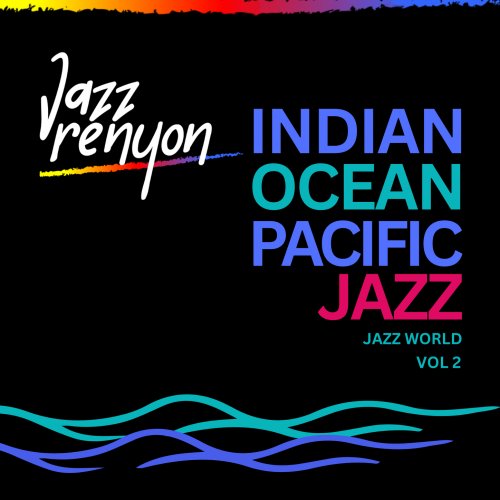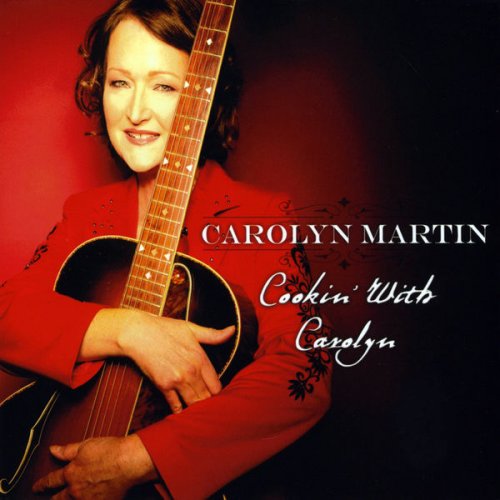Sejong Soloists - Behzad Ranjbaran - Awakening, Elegies, Moto Perpetuo, Six Caprices, String Quartet (2010)
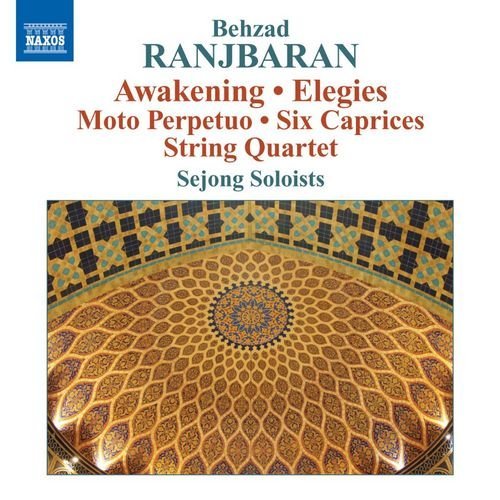
Artist: Sejong Soloists
Title: Behzad Ranjbaran - Awakening, Elegies, Moto Perpetuo, Six Caprices, String Quartet
Year Of Release: 2010
Label: Naxos
Genre: Classical
Quality: FLAC (image+.cue,log,scans)
Total Time: 69:55
Total Size: 354 Mb
WebSite: Album Preview
Tracklist: Title: Behzad Ranjbaran - Awakening, Elegies, Moto Perpetuo, Six Caprices, String Quartet
Year Of Release: 2010
Label: Naxos
Genre: Classical
Quality: FLAC (image+.cue,log,scans)
Total Time: 69:55
Total Size: 354 Mb
WebSite: Album Preview
Behzad Ranjbaran (b.1955)
[1] Awakening
[2] Moto Perpetuo
[3] Elegy for Cello and Strings
[4] Elegy for Strings
[5]-[10] Six Caprices for Violin Duo
[11]-[13] String Quartet
Performers:
Sejong Soloists ([1]–[4])
Chen Xi, violin ([2], [5]–[10])
Ole Akahoshi, cello ([3], [11]–[13])
Frank Huang, violin ([5]–[13])
Wayne Lin, violin ([11]–[13])
Beth Guterman, viola ([11]–[13])
Behzad Ranjbaran (b.1955) was born in Tehran, and came to the United States in 1974 to study at Indiana University. After receiving his doctorate from Juilliard in composition (he studied with Diamond, Schwantner, and Persichetti), he became a faculty member there. I confess his name was not familiar to me before this CD arrived in the mail, but perhaps it should have been. Among his recent accomplishments is a piano concerto that was premiered in 2008 by Jean-Yves Thibaudet and the Atlanta Symphony Orchestra under Robert Spano. Joshua Bell premiered his Violin Concerto in 2003. Furthermore, this is the second all-Ranjbaran CD to be released. Delos released his Persian Trilogy in 2003; the performers are JoAnn Falletta and the London Symphony Orchestra. That disc received a positive review in Fanfare (May/June 2005) from Paul Ingram. In his review of that disc, and of another containing Ranjbaran’s Cello Concerto (July/August 2005), Ingram invoked Hollywood, but (I think) without condescension, as he alluded to the composer’s writing with “19th-century confidence.”
Indeed, an appreciation for the more progressive ideas in 20th-century classical music is not a prerequisite for enjoying this disc. If you can groove to Bartók or early Lutos?awski, you’ll be fine. And this CD is time well spent. Ranjbaran has something interesting and appealing to say, and he knows how to say it.
Ranjbaran began playing the violin as a child, and so it is not surprising that strings dominate this CD, and that he writes well for them. Also, I am guessing that he is a popular faculty member at Juilliard, because the booklet notes that he has written for this CD are engaging. He writes that Awakening , a work for string ensemble, “commemorates the triumph of peace over war and violence.” The three interconnected sections are almost self-explanatory in their treatment of “the agony and horror of war,” the contemplative “struggle within individuals,” and “optimism.” Ranjbaran even includes a bit of “eye music” in the score itself—an arch-like “Arc de Triomphe … to represent the triumph of peace over conflict.” This is reprinted in the booklet. The Moto Perpetuo is, again, self-explanatory, and features dynamic, harmonically intriguing writing for the solo violin and strings. One feels hints of the composer’s Persian heritage in this and other pieces, but also the influence of his studies with American mentors.
The Elegy for Cello and Strings is an arrangement from the composer’s aforementioned Cello Concerto. Ranjbaran writes that it was influenced by the melodic figures of Persian vocal music, and that is clearly heard in the cello’s song. The music moves forward with a grave, beautiful dignity, reaching an emotional but restrained climax. Nicely done. Ole Akahoshi’s tone could use a little more juice, but the performance is more than adequate. The Elegy for Strings would have profited from not having immediately followed the Elegy for Cello and Strings. It is a more harmonically anguished work, though, and more varied in mood. (Ranjbaran calls it “an emotional journey.”) The affinity with Bartók, especially the third movement of MUSPAC , is particularly strong here. Bartók also seems to have inspired the inventive and varied Six Caprices, in their blending of technical challenges with music possessing genuine melodic and textural interest.
The String Quartet, from 1988, is the most substantive work on this CD, and makes the most demands on the listener. In terms of both form and content, it has a subtlety that encourages attentive listening.
These are polished and sympathetic performances by a multinational team of performers—appropriate, given the composer’s background and apparent philosophy. The engineering is warm and does not call attention to itself.
Indeed, an appreciation for the more progressive ideas in 20th-century classical music is not a prerequisite for enjoying this disc. If you can groove to Bartók or early Lutos?awski, you’ll be fine. And this CD is time well spent. Ranjbaran has something interesting and appealing to say, and he knows how to say it.
Ranjbaran began playing the violin as a child, and so it is not surprising that strings dominate this CD, and that he writes well for them. Also, I am guessing that he is a popular faculty member at Juilliard, because the booklet notes that he has written for this CD are engaging. He writes that Awakening , a work for string ensemble, “commemorates the triumph of peace over war and violence.” The three interconnected sections are almost self-explanatory in their treatment of “the agony and horror of war,” the contemplative “struggle within individuals,” and “optimism.” Ranjbaran even includes a bit of “eye music” in the score itself—an arch-like “Arc de Triomphe … to represent the triumph of peace over conflict.” This is reprinted in the booklet. The Moto Perpetuo is, again, self-explanatory, and features dynamic, harmonically intriguing writing for the solo violin and strings. One feels hints of the composer’s Persian heritage in this and other pieces, but also the influence of his studies with American mentors.
The Elegy for Cello and Strings is an arrangement from the composer’s aforementioned Cello Concerto. Ranjbaran writes that it was influenced by the melodic figures of Persian vocal music, and that is clearly heard in the cello’s song. The music moves forward with a grave, beautiful dignity, reaching an emotional but restrained climax. Nicely done. Ole Akahoshi’s tone could use a little more juice, but the performance is more than adequate. The Elegy for Strings would have profited from not having immediately followed the Elegy for Cello and Strings. It is a more harmonically anguished work, though, and more varied in mood. (Ranjbaran calls it “an emotional journey.”) The affinity with Bartók, especially the third movement of MUSPAC , is particularly strong here. Bartók also seems to have inspired the inventive and varied Six Caprices, in their blending of technical challenges with music possessing genuine melodic and textural interest.
The String Quartet, from 1988, is the most substantive work on this CD, and makes the most demands on the listener. In terms of both form and content, it has a subtlety that encourages attentive listening.
These are polished and sympathetic performances by a multinational team of performers—appropriate, given the composer’s background and apparent philosophy. The engineering is warm and does not call attention to itself.
DOWNLOAD FROM ISRA.CLOUD
Ranjbaran Awakening Elegies Moto Perpetuo Six Caprices String Quartet 10 2607.rar - 354.4 MB
Ranjbaran Awakening Elegies Moto Perpetuo Six Caprices String Quartet 10 2607.rar - 354.4 MB
![Sibel Köse Septet - In Good Company (2025) [Hi-Res] Sibel Köse Septet - In Good Company (2025) [Hi-Res]](https://www.dibpic.com/uploads/posts/2025-12/1765846644_uizwujac4ht2d_600.jpg)
![Zbigniew Namyslowski Modern Jazz Quartet - Lola (Remastered 2025) (2025) [Hi-Res] Zbigniew Namyslowski Modern Jazz Quartet - Lola (Remastered 2025) (2025) [Hi-Res]](https://www.dibpic.com/uploads/posts/2025-12/1765509687_cover.jpg)
